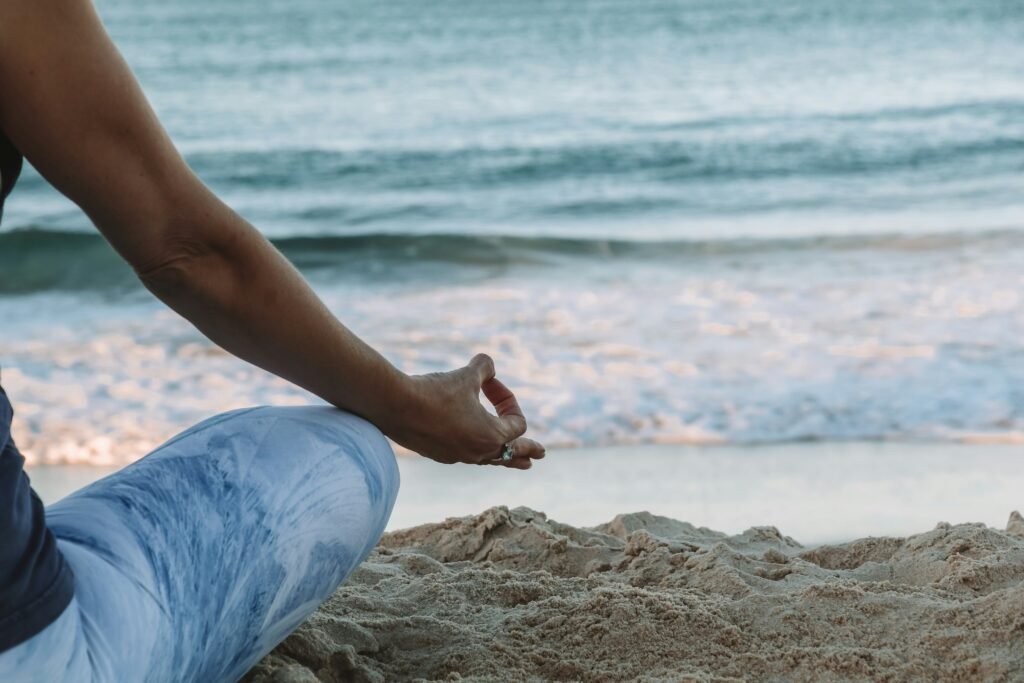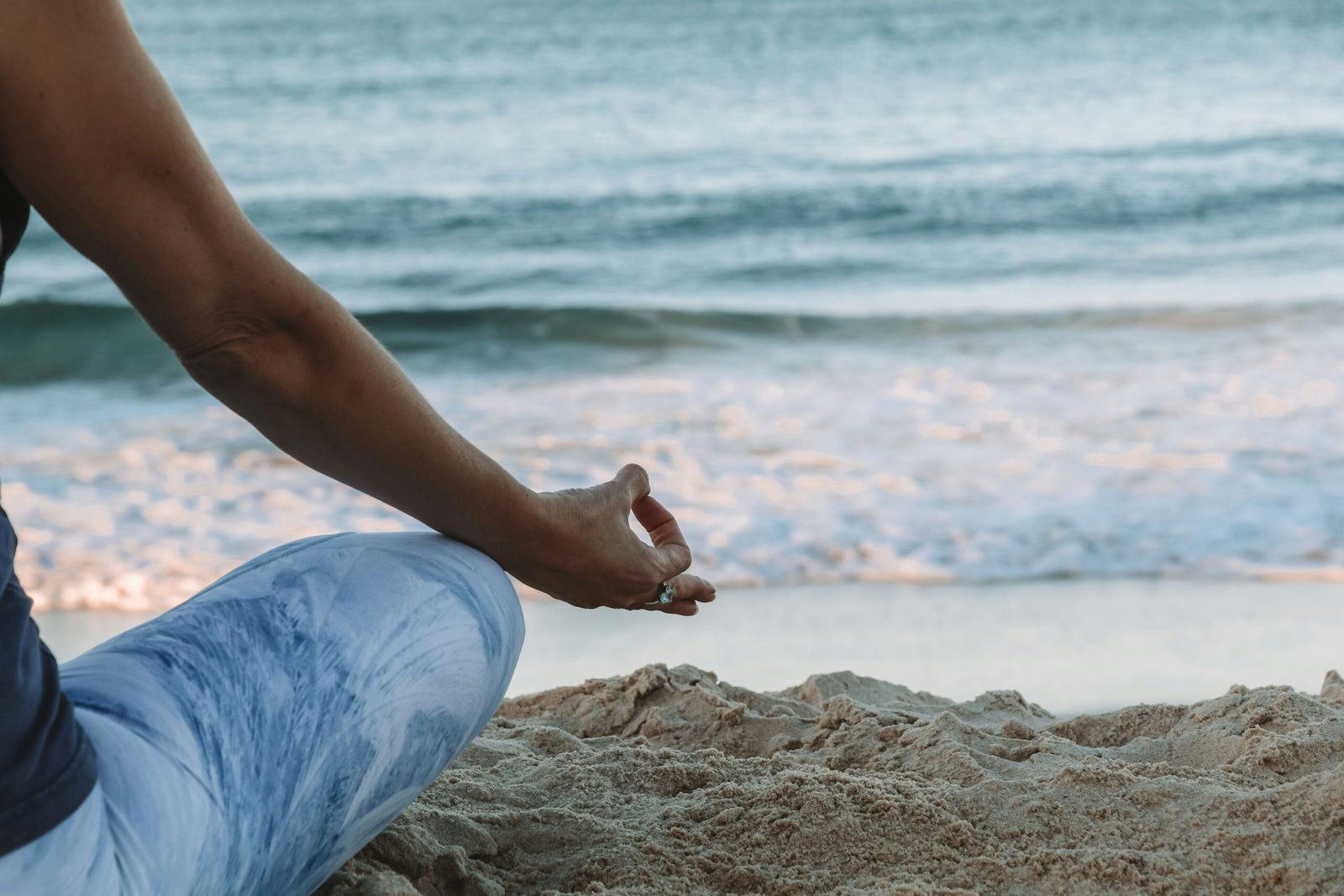Are you feeling overwhelmed and stressed out? If so, you’re not alone. In today’s fast-paced world, stress has become a common issue for many people. Fortunately, there are effective ways to combat it, one of which is mindfulness exercises. By focusing on the present moment and cultivating self-awareness, mindfulness can help reduce stress levels and improve overall well-being. In this article, we will explore some of the best mindfulness exercises that you can incorporate into your daily routine to experience the benefits of stress reduction. So, get ready to discover simple yet powerful techniques that will bring more peace and calmness into your life.
Mindfulness Exercises
Stress is a common experience in our fast-paced, modern lives. The demands of work, relationships, and daily responsibilities can often leave us feeling overwhelmed and anxious. That’s where mindfulness exercises come in. These practices are designed to cultivate a sense of present moment awareness and promote relaxation. By incorporating mindfulness into our daily routines, we can reduce stress and improve our overall well-being. In this article, we will explore some of the best mindfulness exercises for stress reduction. Whether you’re a beginner or have some experience with mindfulness, there’s something here for everyone to try and benefit from.
Body Scan
One of the most popular mindfulness exercises is the body scan. This practice involves bringing attention to different parts of the body, noticing any sensations or areas of tension, and then consciously releasing the tension. To do a body scan, find a quiet and comfortable place to sit or lie down. Start by taking a few deep breaths to relax your body and mind. Then, slowly bring your attention to the top of your head and scan downwards, paying attention to each part of your body along the way. Notice how different areas feel, whether there is any tension or discomfort. As you become aware of any tension, take a deep breath in, and on the exhale, consciously release the tension from that area. This practice can help you become more aware of physical sensations, relax your muscles, and promote a sense of calm.
Breathing Techniques
The breath is a powerful tool for reducing stress and increasing mindfulness. By bringing our attention to our breath, we can calm our mind and regulate our emotions. One simple breathing technique that can be practiced anywhere is deep belly breathing. To do this technique, find a comfortable seat and place one hand on your belly. Take a deep breath in through your nose, allowing your belly to rise and expand. Then, exhale slowly through your mouth, feeling your belly gently deflate. Continue this deep belly breathing for a few minutes, focusing on the sensation of the breath entering and leaving your body. This practice can help you find a sense of grounding and relaxation in the midst of a stressful situation.

Mindful Walking
Walking can be a great way to incorporate mindfulness into your daily life. Mindful walking involves paying attention to your body movements, the sensations in your feet, and the environment around you as you walk. To practice mindful walking, find a quiet and safe place to walk, such as a park or a peaceful street. Begin by taking a few deep breaths to center yourself. As you start walking, bring your attention to the physical sensations of your feet touching the ground. Notice the pressure, warmth, and movement with each step. Pay attention to the rhythm of your footsteps and the flow of your body as you walk. If your mind starts to wander, gently bring your focus back to the sensation of walking. By practicing mindful walking, you can cultivate a sense of presence and appreciate the simple act of moving your body.
Progressive Muscle Relaxation
Progressive muscle relaxation is a technique that involves tensing and then releasing different muscle groups in the body. This exercise helps you become aware of tension in your muscles and teaches you to relax them. To practice progressive muscle relaxation, find a comfortable position, either sitting or lying down. Start by tensing the muscles in your forehead for a few seconds, then release. Move down to your jaw, neck, shoulders, and so on, progressively working your way through your entire body. As you tense each muscle group, pay attention to the sensation of tension, and then consciously release it. This practice can be particularly helpful for those who carry tension in specific areas of their body, such as the shoulders or jaw. By regularly practicing progressive muscle relaxation, you can train your body to relax and release tension more easily.

Mindful Eating
Eating is often a rushed and mindless activity for many of us. We may eat while working, watching TV, or scrolling through our phones, barely aware of the food we are consuming. Mindful eating, on the other hand, involves bringing our full attention to the experience of eating. To practice mindful eating, start by choosing a quiet and comfortable place to have your meal. Take a moment to appreciate the appearance and aroma of your food. As you begin eating, pay attention to the taste, texture, and flavors of each bite. Chew slowly and savor each mouthful. Notice how your body feels before, during, and after the meal. Avoid distractions and try to be fully present with your food. Mindful eating can help us develop a healthier relationship with food, improve digestion, and enhance our enjoyment of meals.
Sensory Awareness
Sensory awareness exercises are a wonderful way to bring mindfulness into our everyday experiences. These exercises involve intentionally focusing our attention on our senses and the present moment. One simple sensory awareness exercise is called the 5-4-3-2-1. Start by noticing five things you can see around you. Then, identify four things you can touch or feel. Next, become aware of three things you can hear. Followed by two things you can smell, and finally, one thing you can taste. This exercise helps to ground us in the present moment, bringing our attention away from worries and stressors and into our immediate surroundings. By practicing sensory awareness, we can engage with the world around us more fully and find a sense of calm in the present moment.

Loving-Kindness Meditation
Loving-kindness meditation is a practice that cultivates feelings of compassion and love towards ourselves and others. This exercise involves silently repeating phrases of well-wishing towards ourselves and then gradually expanding the circle of compassion to include loved ones, acquaintances, and even people we find challenging. To practice loving-kindness meditation, find a quiet place to sit comfortably. Close your eyes and take a few deep breaths to relax your body and mind. Then, silently repeat phrases such as “May I be happy, may I be healthy, may I be safe, may I live with ease” and truly feel the intention behind the words. After directing these phrases towards yourself, begin to imagine specific people or groups of people in your life and extend the same well-wishes towards them. This practice can foster feelings of empathy, kindness, and connection.
Visualization
Visualization is a powerful mindfulness technique that involves creating mental images of a peaceful and serene place. This practice can help us relax, reduce stress, and induce a sense of calm. To practice visualization, find a comfortable position and close your eyes. Take a few deep breaths to relax your body and mind. Imagine yourself in a place that brings you a sense of tranquility and peace. It could be a beach, a mountaintop, or a quiet forest. Visualize the details of this place, such as the colors, sounds, and smells. Engage your senses and truly immerse yourself in the experience. Spend a few minutes in this visualization, allowing yourself to feel the calm and serenity of the imagined place. Visualization can be a helpful tool for finding inner peace and reducing stress in our daily lives.
Mantra Meditation
Mantra meditation is a practice that involves repeating a word or phrase, known as a mantra, to focus and calm the mind. The repetition of the mantra helps to anchor our attention and brings us into the present moment. To practice mantra meditation, find a comfortable position and close your eyes. Take a few deep breaths to center yourself. Choose a simple and meaningful word or phrase as your mantra. It could be something like “peace,” “love,” or “I am calm.” Silently repeat the mantra in your mind, allowing it to fill your awareness. If your mind starts to wander, gently bring your attention back to the mantra. By incorporating mantra meditation into your daily routine, you can train your mind to become more focused, present, and calm.
Gratitude Practice
Gratitude is a powerful practice that can shift our focus from what’s wrong in our lives to what’s right. Taking time each day to reflect on the things we are grateful for can help us cultivate a positive mindset and reduce stress. To practice gratitude, set aside a few minutes each day to write down three things you are grateful for. They can be big or small, from the people in your life to the simple pleasures like a warm cup of tea or a beautiful sunset. As you write, truly feel gratitude in your heart for these blessings. This practice can help rewire our brains to focus on the positive aspects of our lives, leading to increased happiness and resilience in the face of stress.
In conclusion, incorporating mindfulness exercises into our daily lives can greatly reduce stress and promote overall well-being. Whether through practices like the body scan, breathing techniques, or mindful eating, taking time to cultivate present moment awareness can have profound effects on our mental and physical health. By exploring different mindfulness exercises and finding what resonates with you, you can create a personalized mindfulness routine that fits your needs. So why not start today? Take a moment to pause, breathe, and engage in a mindfulness exercise. Your mind and body will thank you for it.

Hello, I’m Kelly Joseph, the author behind Optimum Mindset for an Optimal Lifestyle. Welcome to our website, where we dive deep into the world of mindfulness techniques and productivity hacks. With a mission to help you achieve a more fulfilled life, we offer a comprehensive guide to mastering the art of an optimum mindset. I am passionate about enhancing mental resilience, fostering positivity, and unlocking the potential for goal achievement. This site is a treasure trove of practical tips and strategies that will empower you to live life to the fullest. Join me on this journey of self-discovery and personal growth.

